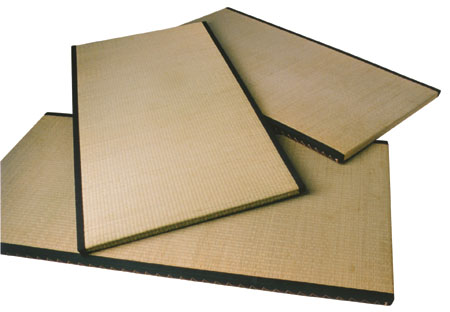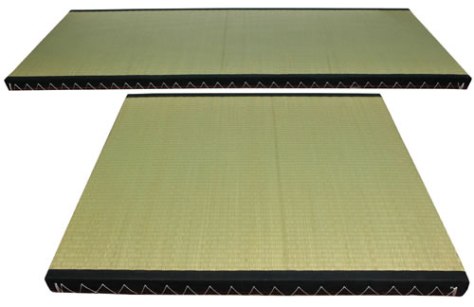May I have one … , please?
Category Archives: Obentō 02-022
Japanese house
406 Places and location ところ
Butsudan 仏壇 ぶつだん Family Altar
仏壇 ぶつだん butsudan
The butsudan, or Family Altar, is a religion space in a house where earlier generations – immediate family members who have passed away – are remembered and honoured. This is a family’s personal cultural expression and therefore varies widely from family to family. The butsudan has its origins in the Buddhist religion. Another religious space that has its origins in the Japanese Shinto religion is called ‘Kamidana‘ (see kamidana page on this website).
仏壇 ぶつだん butsudan
仏壇 ぶつだん butsudan
There are many different kinds of butsudan as this depends on the individual families. Often butsudan are built into a house and as several generations live in the same house, the butsudan gains antique status. In a butsudan family photos may be displayed, as may be ashes of those family members passed before, or small mementos. Of course, ashes may be more problematic, so they may also be kept at a local cemetery plot. Again this depends on the individual family. As you can see from the photos, flowers and fruits may be offered symbolically as a sign of respect and affection.
仏壇 ぶつだん butsudan
In a western household perhaps one does not find an altar-looking structure, but religious crosses, photos of family members passed away, flowers for those who are remembered and mementos are certainly more commonly displayed. Jewish families, Hindu families and Muslim families each have their own cultural ways of paying respect and remember those to whom they owe gratitude. This cultural expression is closely related to the family’s overall religious views and observances.
仏壇 ぶつだん butsudan
仏壇 ぶつだん butsudan
仏壇 ぶつだん butsudan
仏壇 ぶつだん butsudan
仏壇 ぶつだん butsudan
Sometimes western visitors have strong feelings regarding a butsudan. This is again a personal expression and should be kept to oneself. Overriding any cultural practices are the fundamental principles of personal choice and hospitality. You need not join in, but you should maintain decorum.
In western households one also finds a range of religious observances and views that are as different and diverse as one can imagine. The overriding guiding principles for both sides: do not offend by intruding or insisting.
仏壇 ぶつだん butsudan
仏壇 ぶつだん butsudan
Tatami たたみ
Tatami たたみ
Note the standard size of tatami. This means that all rooms in a house must be designed according to standardised measurements, otherwise the tatami wouldn’t fit. Rooms are measured according to the number of tatami in the space: six-tatami room, four-and-a-half-tatami room etc. The counter for tatami is jō じょう.
The soft green colour indicates that these are new tatami. With age they discolour to brown. Of course, after a few years one could turn the tatami mats upside down, so you have another lease of life out of your flooring. We wonder if it would be possible to turn western carpet upside down for another few years of usage?! There’s an idea!
Often people put (news)paper directly under the tatami just to cut out any small draughts.

Try not to walk on the edges as this would speed up wear and tear.

にほんま nihonma 日本間
or
わしつ washitsu 和室
Japanese-style room

eight-tatami room
There is a standardised pattern for laying out tatami.
or
わしつ washitsu 和室
Japanese-style room

eight-tatami room
There is a standardised pattern for laying out tatami.
The little square on the left is where the hibachi would be, should the owners wish to have a traditional Japanese tea ceremony. Furniture would be moved out of the way and zabuton could be brought in to sit on. Of course, the room could also be used for futon.
A mixture of the modern and the traditional. The square under the table could be removed to show an enclosed pit, in which one could dangle the legs when sitting at the table. (See kotatsu).
These days hard foam is an easy substitute
ざいす zaisu
chair for tatami matting
Interesting internal link






























































